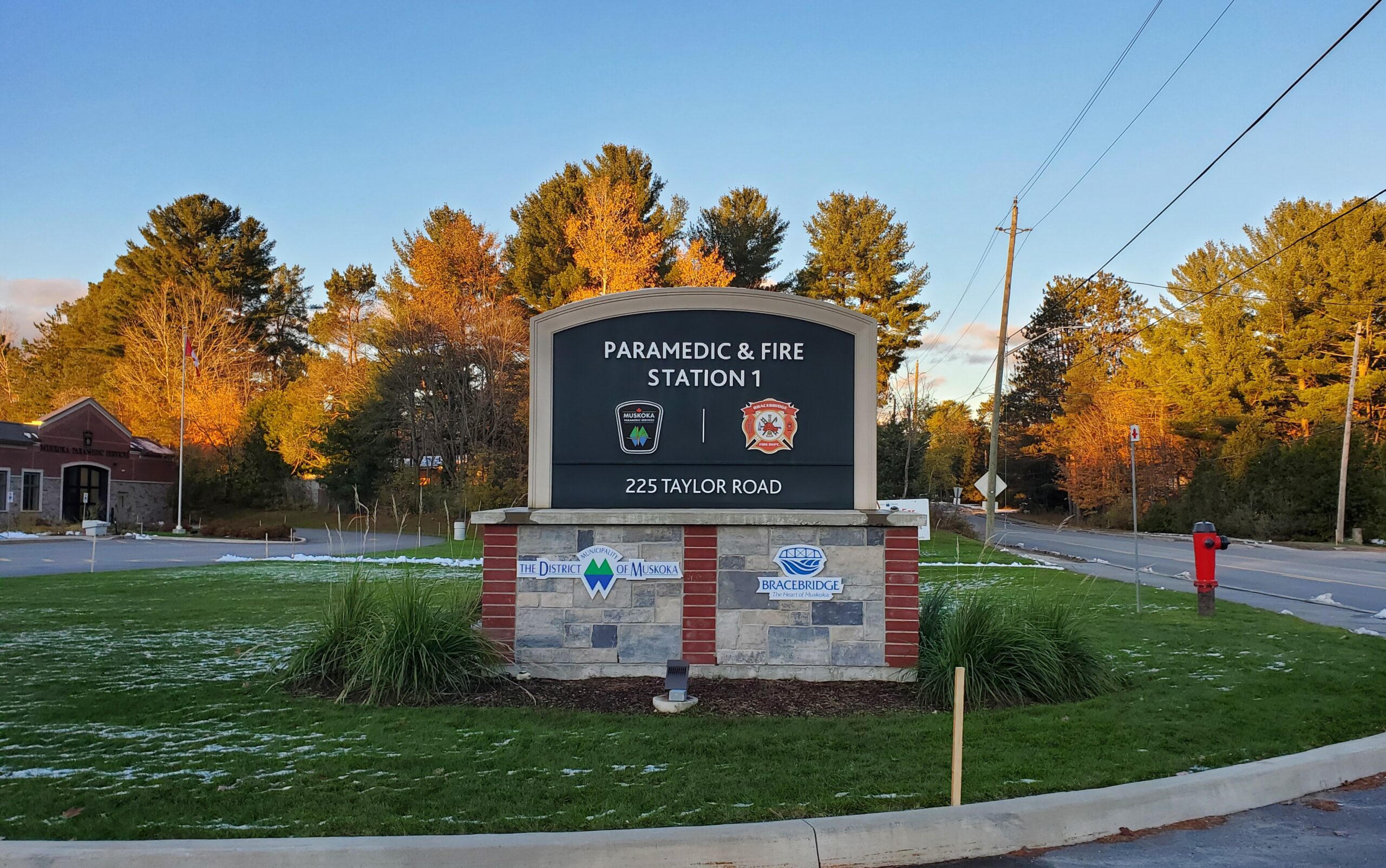Muskoka Paramedic Services (MPS) saw a 1.1 percent increase in calls in 2023 compared to 2022, but it was a 14.4 percent increase from 2019.
Jeff McWilliam, chief of MPS and emergency management, presented his annual report to the District of Muskoka’s Health Services Committee on April 18.
He wrote paramedics also responded to 4.8 percent of emergency calls in 2023 when compared to 2022.
“It’s attributed to the population but it’s also to the aging population,” he explained, pointing out about 60 percent of emergency calls involved someone over the age of 60.
McWilliam said the most common calls last year were trauma/car crashes/falls, difficulty breathing, chest pain, weakness/dizziness/unwell, and abdominal pain. He said that’s similar to what MPS dealt with in 2022.
He boasted about MPS meeting or exceeding all the response time targets set by the Ministry of Health.
In 2023, McWilliam said paramedics were called 12,701 times and assisted 11,246 patients. He added 8,153 patients were assigned a Canadian Triage and Acuity Scale (CTAS) level. He explained in his report CTAS is an assessment tool that helps paramedics determine the severity of a patient’s condition. It ranges from sudden cardiac arrest to CTAS five, which is considered non-acute.
“Staff met response time targets through deployment updates and deploying additional paramedic staff hours including staffing a seasonal ambulance in east Muskoka and the addition of a 12-hour night resource in Gravenhurst in Sept. 2023,” he wrote in his report.
With staffing, McWilliam said MPS was fully staffed 99.9 percent of the time, adding other paramedic services and health agencies have struggled with staffing levels. “A lot of kudos has to go to our staff for stepping up and coming in to maybe do extra shifts, stay a little bit later if something happens,” he told committee.
He said MPS, like paramedic services throughout Ontario, is seeing the number of qualified candidates applying “below pre-pandemic levels” which hurts current operations and stifles future growth. However, McWilliam said they’re reaching out to schools in hopes of inspiring students to join the job, adding, “really anyone that will talk to me anywhere, even in the grocery store, I’ll promote the profession.”
The addition of a new remote response vehicle in Feb. 2024 boosted MPS’ fleet, however, McWilliam said some older ambulances have been kept longer than anticipated because of “supply chain challenges.” McWilliam said he expects four new ambulances will be delivered in April 2024 with another four coming in 2025.
McWilliam detailed MPS’ fleet consists of 16 ambulances, among other response vehicles.
He also dove into the training paramedics went through in 2023, which included the introduction of new treat and release directives. “This represents a fundamental change to the way paramedics provide care in Ontario,” he wrote. “Under a small number of situations, paramedics may now recommend against ambulance transport for patients with known/manageable medical conditions.”
He said patients have always had the option to refuse to be taken to the hospital, but this is not something that has ever been offered for paramedics.
“We’re proud and this is a service I think we can all be proud of,” said McWilliam.
He also noted in his report the various awards received by MPS for the work done in 2023, including 31 paramedics receiving an award for either resuscitating a patient suffering from cardiac arrest or helping to deliver a baby outside of the hospital.



